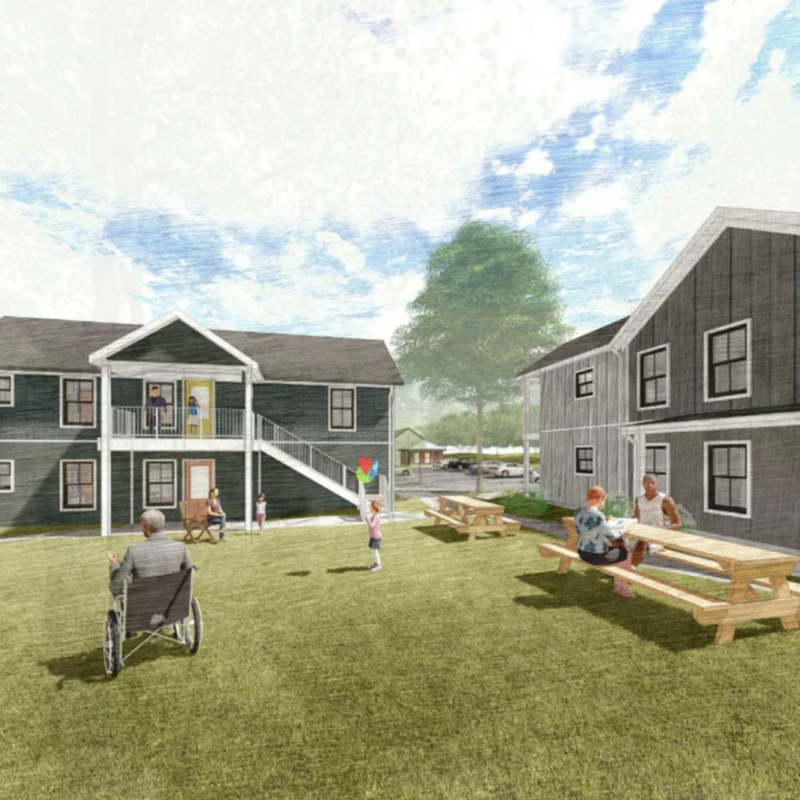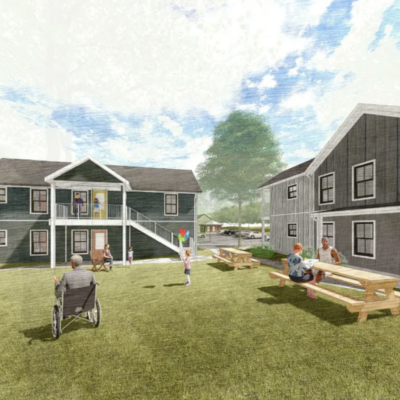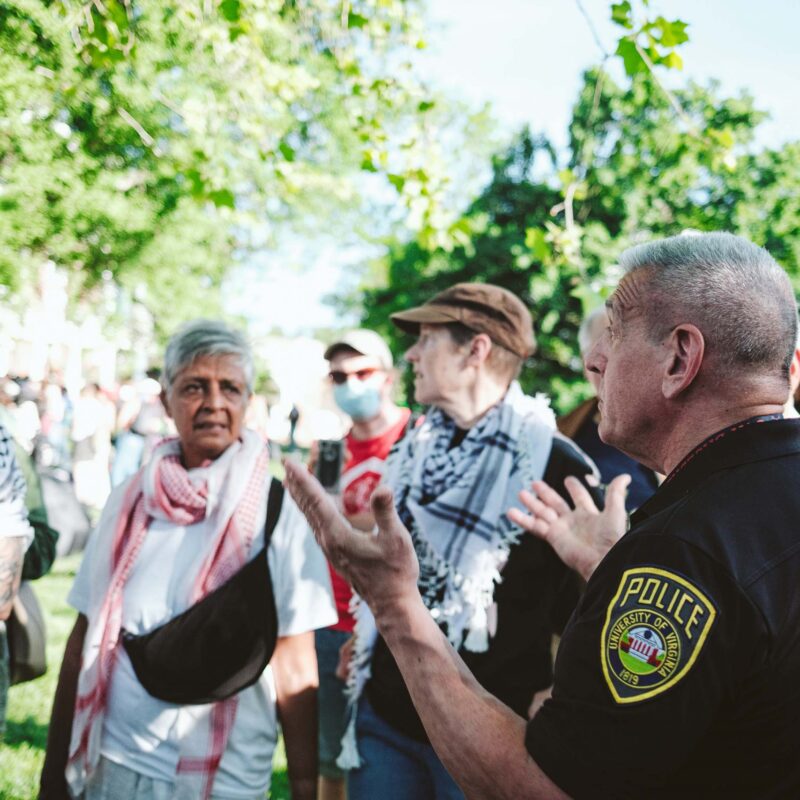| More feature articles:
Fifeville’s future Fifeville in flux One way to keep residents in homes The incredible rise in Fifeville assessments The Purple People Eater |
513 Dice St. exemplifies the historical transitions that a place goes through. James Fife, a preacher and farmer from Scotland who lived in the Oak Lawn Mansion, sold the lot to Virginia Shackleford in 1860. Shackleford built a house there, though the census records suggest that she rented out the property. The property’s next owners, an African-American family called the Bannisters, added an extra floor. But when old man Bannister passed away, his daughter took over and sold it.
Eventually, it came into the hands of Benjamin Rice. Rice was a mysterious African-American man, according to longtime neighborhood resident Charles Jones, who says no one really knew how he came into his money. Rice claimed he had been a car salesman in Amherst, Virginia. When Rice came to Charlottesville, he worked as a waiter at Farmington and was known for driving around in a Mercedes.
 |
But Rice also rented out the upstairs rooms in the Bannister-Shackleford house, and turned the basement into a 24-hour neighborhood casino. The craps room was raucous—everyone cheering at the rolls of the dice, shouting for good fortune. In the other room, tense card games dragged on for days. The house manager sold beer, though drugs were forbidden—Jones remembers a man was threatened when he lit up a joint in the craps room.
Jones says that about once a year, the police would do a raid, taking whatever money was on the table and sending Rice a hefty fine. No one ever went to jail, Jones says.
“He’d go on down, go to court, pay the fine—but the game never stopped,” says Jones. “It would never skip a beat. “I guess it was a way of the city taking its taxes.”





